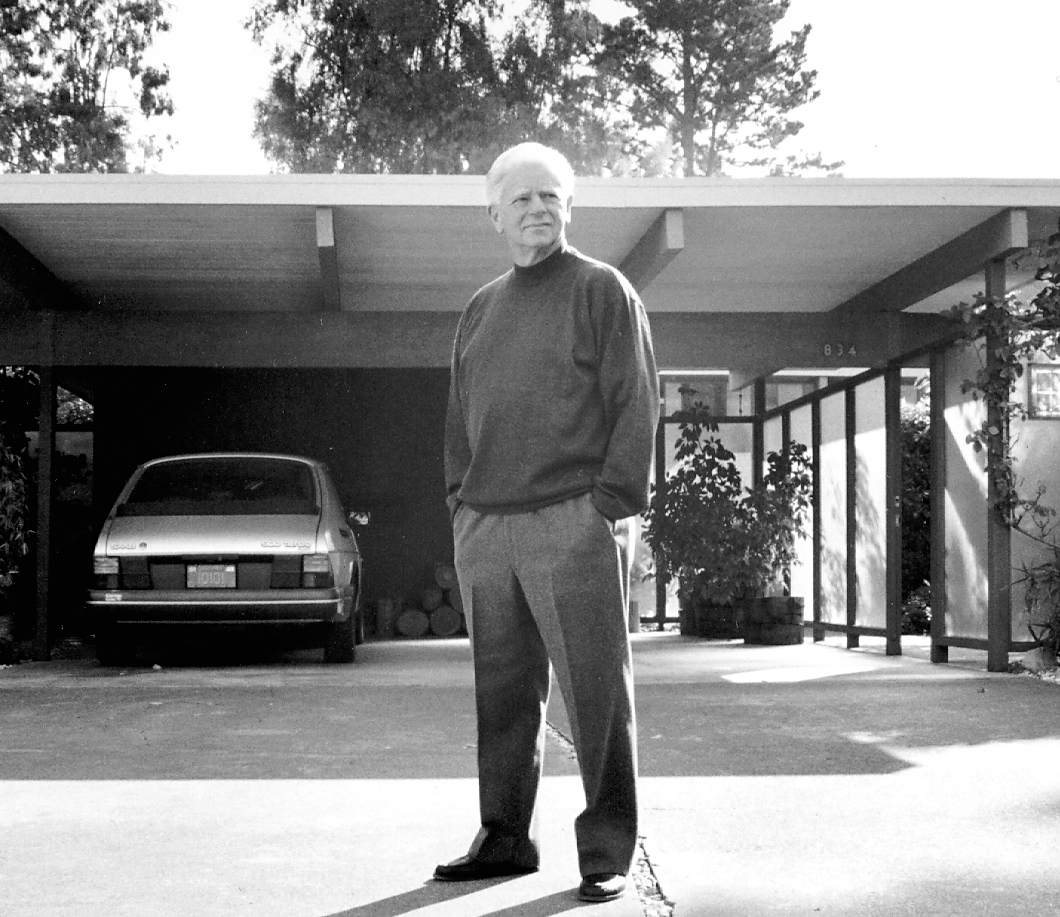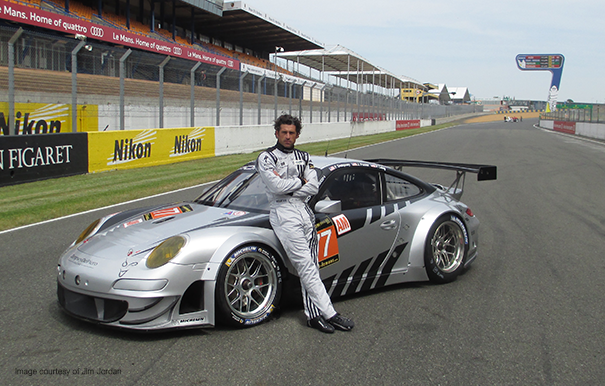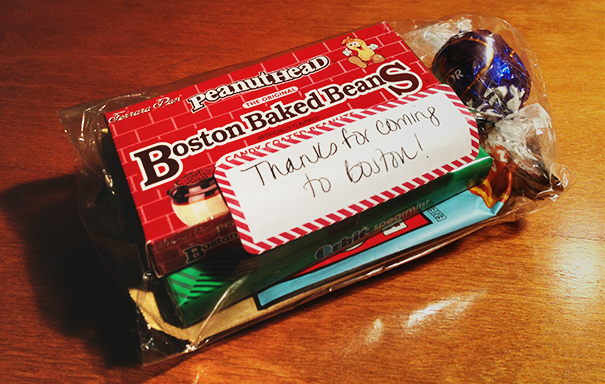If you’re seeking wisdom on the nature of entrepreneurship, look to art, literature, and popular culture. For example, in my experience the best guide to the nature of vision and leadership is that seminal fictional character Don Quixote. His story epitomizes how courage and clarity of vision can win the hearts and minds of others. And who hasn’t learned the brass tacks of power and influence by watching Tony Soprano in action?
If you’re open to it, there’s a wealth of inspiration and insight to be had out in the world, like this fabulous profile of entrepreneur and racer Dave Marcis:
Whether or not you’re interested in racing, if you want to know what it’s like to think like an entrepreneur, it’s well worth its seven minutes of run time.
I particularly love the segment that starts at the 3:28 mark, where Marcis talks about how running a small business on a shoestring budget taught him to be scrappier than scrappy. What caught my eye was this slogan hanging on the wall of his shop, pictured above:
“We have done so much, with so little, for so long, that we can now do anything
with nothing.”
This deceptively simple phrase captures the essence of entrepreneurship—that with enough persistence, optimism, and confidence, no challenge is too big. It reminded me of my favorite quote by Professor Howard Stevenson of Harvard Business School:
“Entrepreneurship is the pursuit of opportunity without regard to resources
currently controlled.”
When Dave Marcis talks about what he’s accomplished and how he’s done it, it becomes clear that his frame of mind was key to his success. Likewise, mindset is what enabled Elon Musk to go build rockets and cars, or Richard Turere to make peace with lions. It’s not about being in high tech, or living in Silicon Valley, or having access to a network of venture capitalists. It’s about what you tell yourself in your head: that you can build something new for the world, no matter what seems possible or reasonable.
Entrepreneurship is a mindset, one that allows you to do anything with nothing. When you decide to relentlessly pursue a dream no matter how little you’ve got, you’ve already taken the biggest step on that journey.




